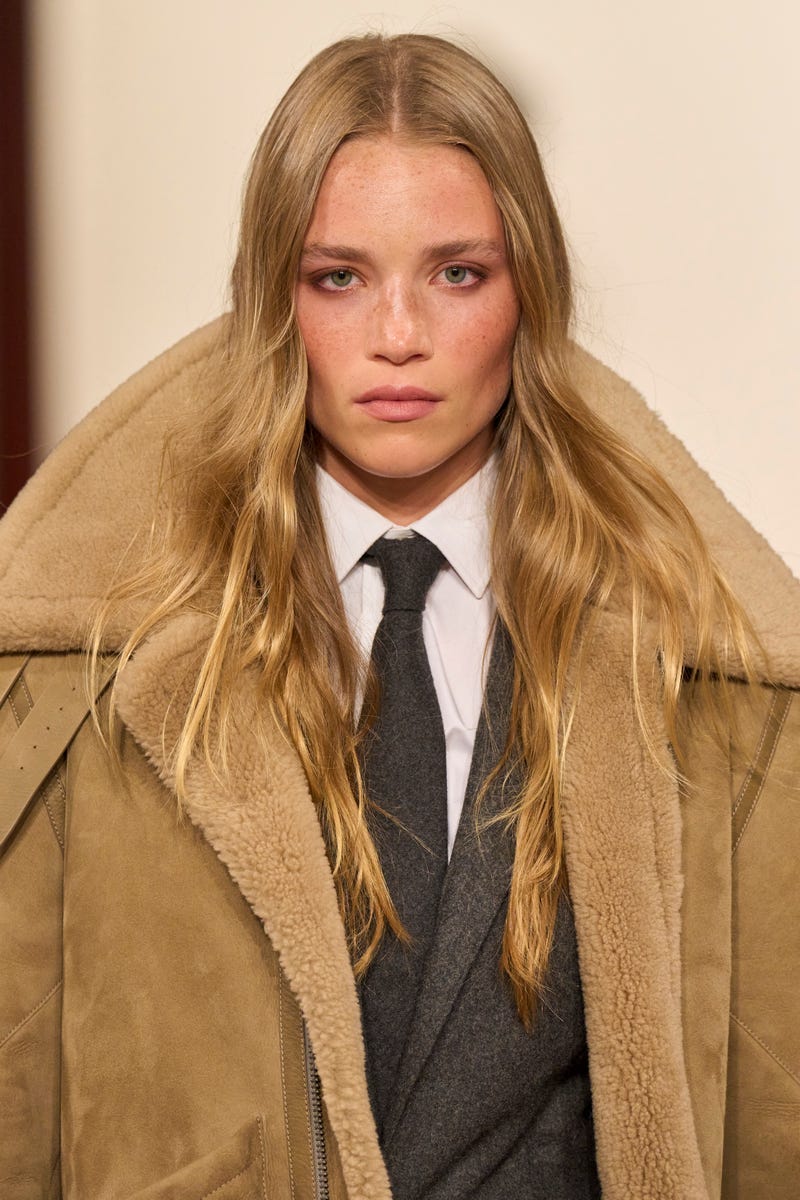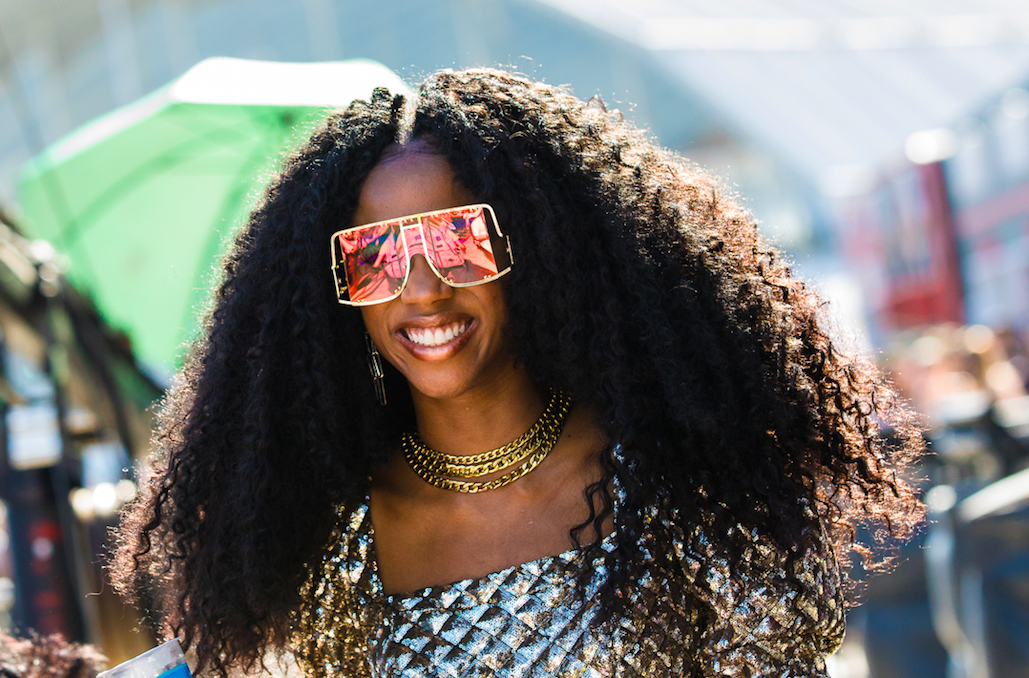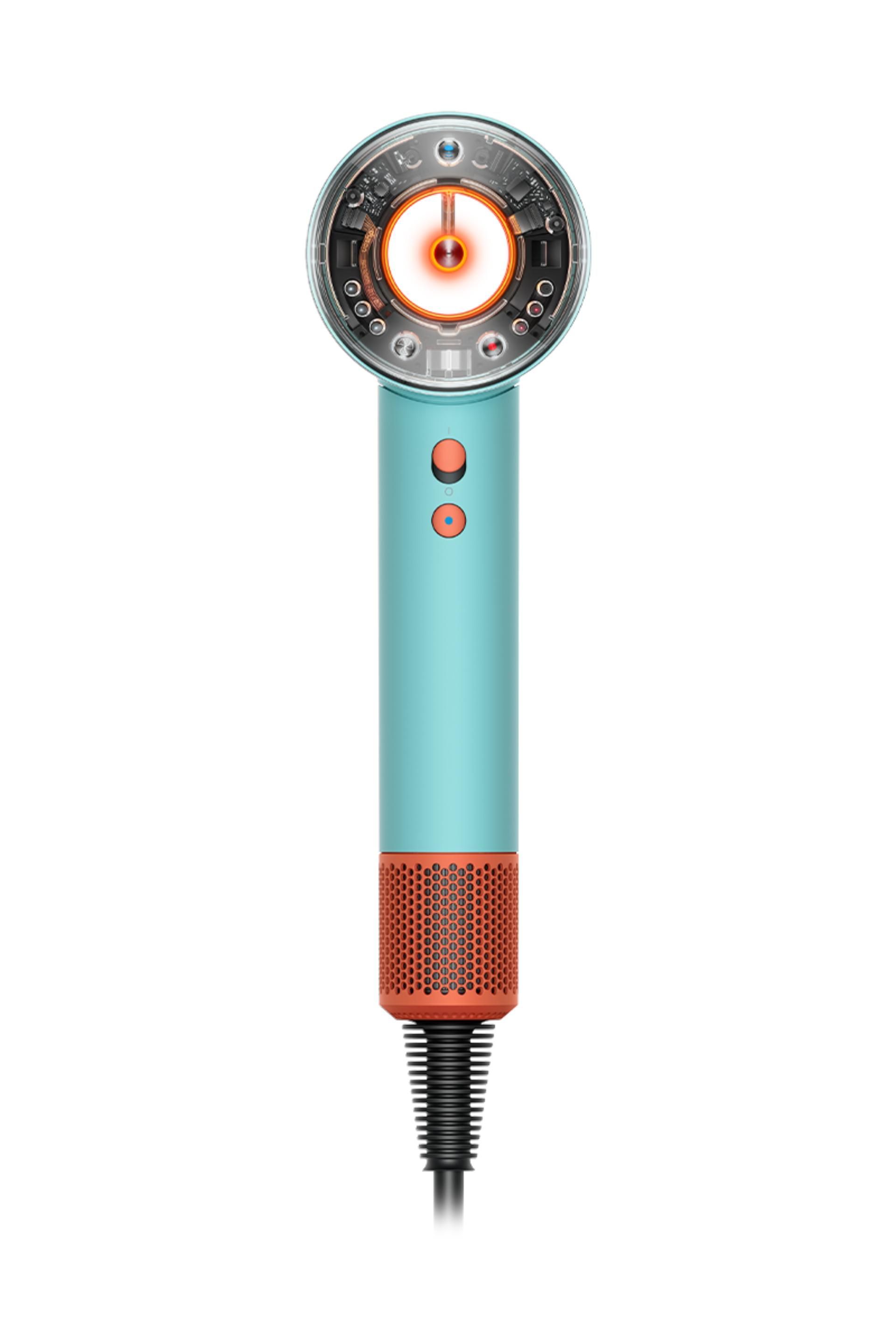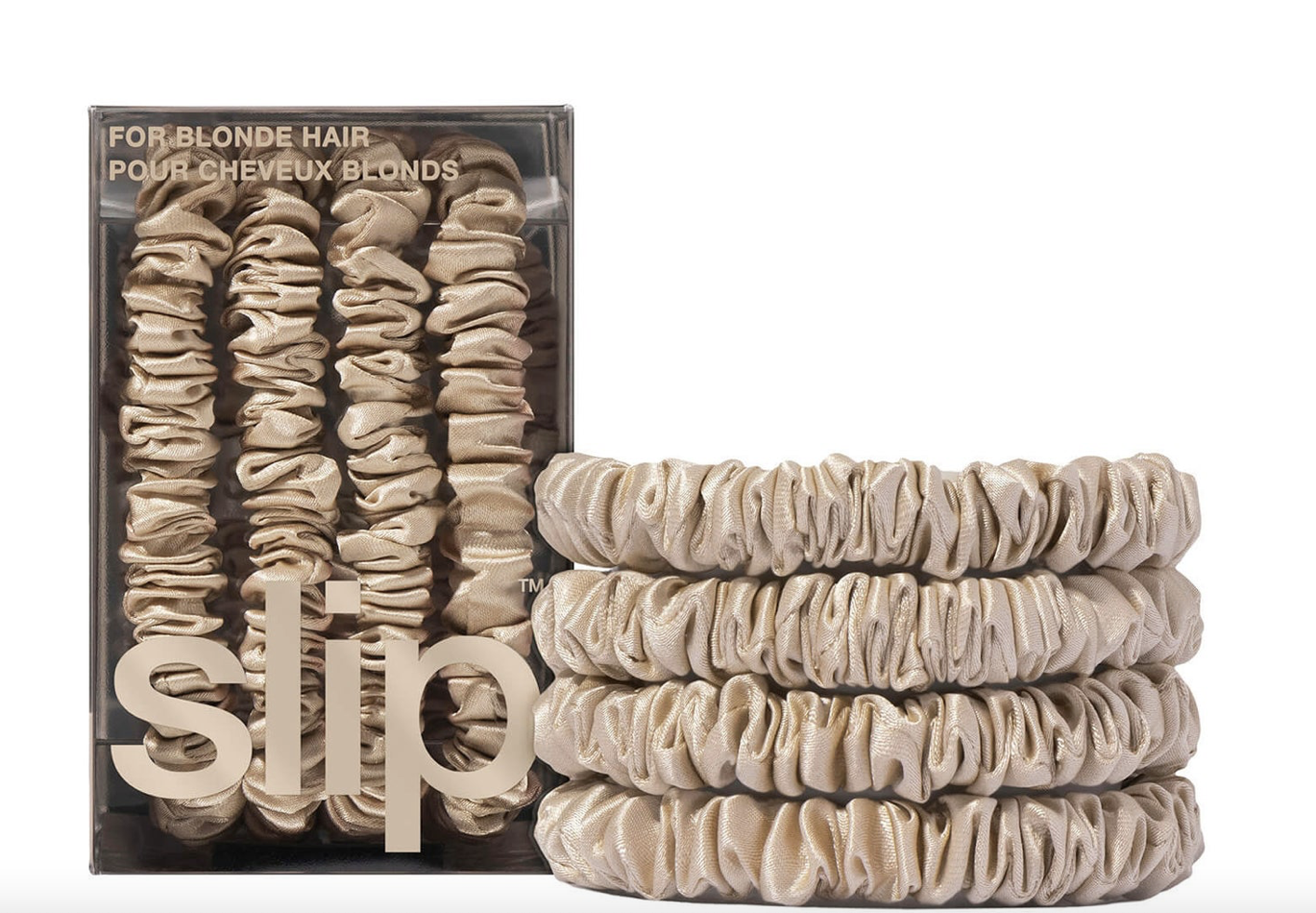, the frustration of not being able to grow your hair past your shoulders is real. Between breakage, and just seemingly no growth at all, it's all too easy to become the person who says 'my hair just won't grow'. We feel you.
There's a lot of misinformation surrounding hair growth (here's looking at you, social media fads), and it can be tricky to know what will actually work. Ahead, we clear up some common misconceptions about hair growth, and cut to the cold hard facts...
Can you speed up how fast your hair grows?
The short answer, we're afraid, is no. You can certainly encourage growth, using some of the tips we mention below, but you can't physically increase the speed your hair grows at.
'Hair grows, on average, half an inch each month. You cannot speed this up,' says Anabel Kingsley, consultant trichologist at Philip Kingsley. 'That said, there are many factors that can prevent your hair from reaching the desired length, such as nutritional deficiencies or breakage, which can be addressed.'

Can certain foods help with hair growth?
Diet is very important for hair growth. 'What you put in has a huge effect on what you see on the outside', says Cos Sakkas, two-time British Hairdresser of the Year. 'Choose foods that are rich in omega-3, such as fish, flaxseeds, nuts and green vegetables, and avoid processed food and anything high in sugar.'
Which oils can help with hair growth?
Scalp oiling has been met with serious fanfare on social media for it's growth-inducing abilities - specifically, rosemary and castor oil. Though, scientifically speaking, 'there's absolutely no evidence that castor oil works, and very little evidence to support the effectivity of rosemary oil,' Kingsley clarifies. Though this isn't to say shoppers haven't found them effective.
do serve a purpose as conditioning hair treatments, though, they add shine and help to smooth the hair cuticle to lock-in moisture.'
How To Stimulate Hair Growth
1. Address your diet
Eating a well-balanced diet is crucial to maintain optimal performance of any natural bodily function (such as, growing hair), but you can also design your diet to combat a nutritional deficiency, as Kingsley mentioned. 'One of the most common deficiencies I see that may cause hair loss in women is iron and ferritin (stored iron), which can be improved with an increased intake of red meat, dried apricots and dark, leafy greens.'
'Also vitamin B12, which you'll find in eggs, beef, salmon, oysters, yoghurt and fortified yeast and cereals. Protein is important, as are complex carbs (that's your whole grains, potato skin, brown rice, pasta etc).'
2. Get a helping hand
There's no shame in getting help. Taking a supplement can help to increase your intake of certain nutrients you may struggle to get through food. Most of these handy-dandy supplements are easy to implement into your daily routine, too, so you'll actually remember to take them.
are the number 1 bestsellers. The maximum strength tablets promise to reduce hair shedding by up to 1/5 and will reverse the effects of hair loss. See some of our other favourites below.
3. Stop clogging your follicles
and volumising powders are common culprits.
4. Exfoliate your scalp
once a week to thoroughly cleanse and remove excess sebum from follicles – as well as the product build-up mentioned above.
5. Get a caffeine hit
Caffeine has been found to stimulate the hair shaft by blocking the effects of DHT, a chemical known to damage hair follicles. According to German scientists at the University of Lübeck, it can speed up hair growth by 25 per cent. Unfortunately drinking it might not be the best way to aid hair growth.
, with formulas that encourage hair growth.
6. Massage your scalp
for a professional Indian head massage – hey, stress-relief can help your hair grow too!

7. Do less
Most styling tools are cranked far hotter than the hair really needs. Do your strands a favour and use a low to medium heat setting when you blow dry and hold your dryer at least six inches away from your hair to prevent heat-damage on the scalp. And, we hope it goes without saying, use heat-protection every time you style.
Over-shampooing (daily, that is) can compromise the scalp's natural essential oils that stimulate growth, but it is important to keep the scalp clean and healthy. We recommend a happy medium of 2-3 times a week.
Be mindful of treating the hair like fabric, it's incredibly delicate. Brush the hair gently (work upwards from the ends to the root) with a smooth-pronged brush, towel dry lightly with a microfibre towel, and reduce styling where you can. Regularly backcombing, brushing and chemically processing the hair can leave it brittle, appearing to shorten the length from the bottom-up when it breaks.
8. Try a protective hairstyle
like a loose plait to keep lengths safe from environmental aggressors.
'Avoid pulling hair into a tight ponytail, you don't want to add any stress to your roots while trying to grow your hair', Cos explains. 'Never wear your hair up in the same hairstyle two days in a row; after wearing it in a ponytail, try a soft knot at the nape using a soft hair tie.'
9. Loosen tight hairbands
Another common cause of hair breakage is the humble hairband. Tight elastics, worn repetitively in the same place cause wear and tear on the hair which is not what you want when you're growing it. The wrong band can snag and damage strands, so pick the right type and keep them loose. Hair authority Mark Hill recommends bands without metal fasteners as these are the worst offenders, or you could try the Slip Pure Silk Skinny Scrunchies, because the soft material used puts less stress on your strands.
10. Have regular trims
makes it grow faster – sadly that's a myth, BUT when hair is freshly snipped the ends will appear coarser without their damaged, tapered points. Plus by trimming it regularly and managing damage you'll have to cut off less hair in the long run, so indirectly you're speeding things up!
Like this article? Sign up to our newsletter to get more articles like this delivered straight to your inbox.
In need of more inspiration, thoughtful journalism and at-home beauty tips? Subscribe to ELLE's print magazine today! SUBSCRIBE HERE
ELLE Collective is a new community of fashion, beauty and culture lovers. For access to exclusive content, events, inspiring advice from our Editors and industry experts, as well the opportunity to meet designers, thought-leaders and stylists, become a member today HERE .




Post a Comment
0Comments